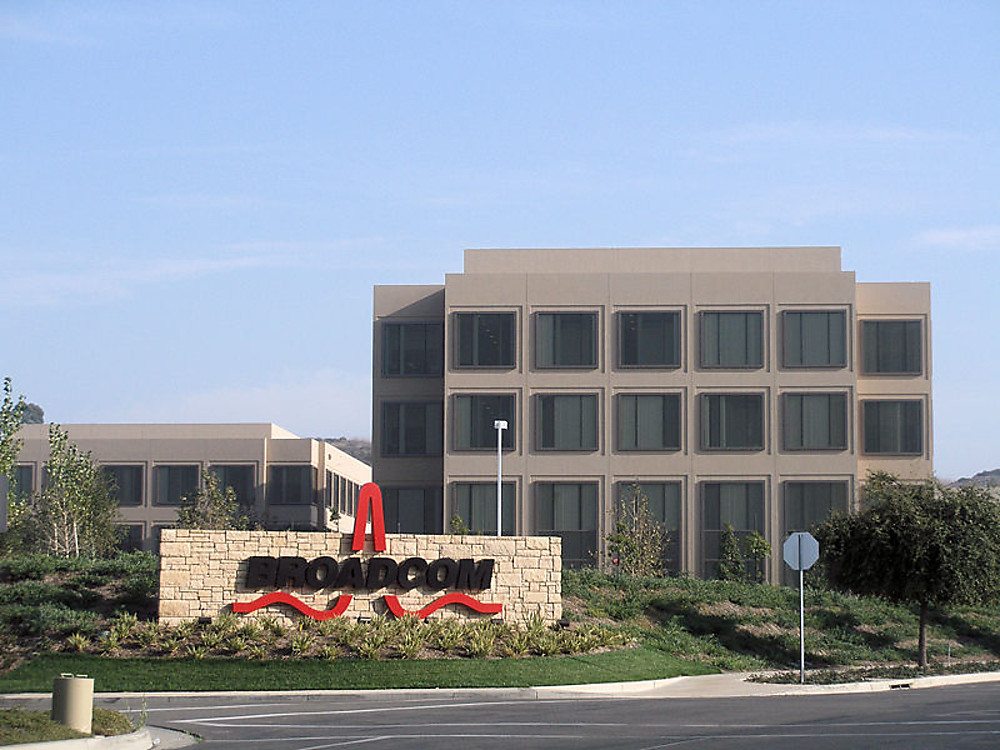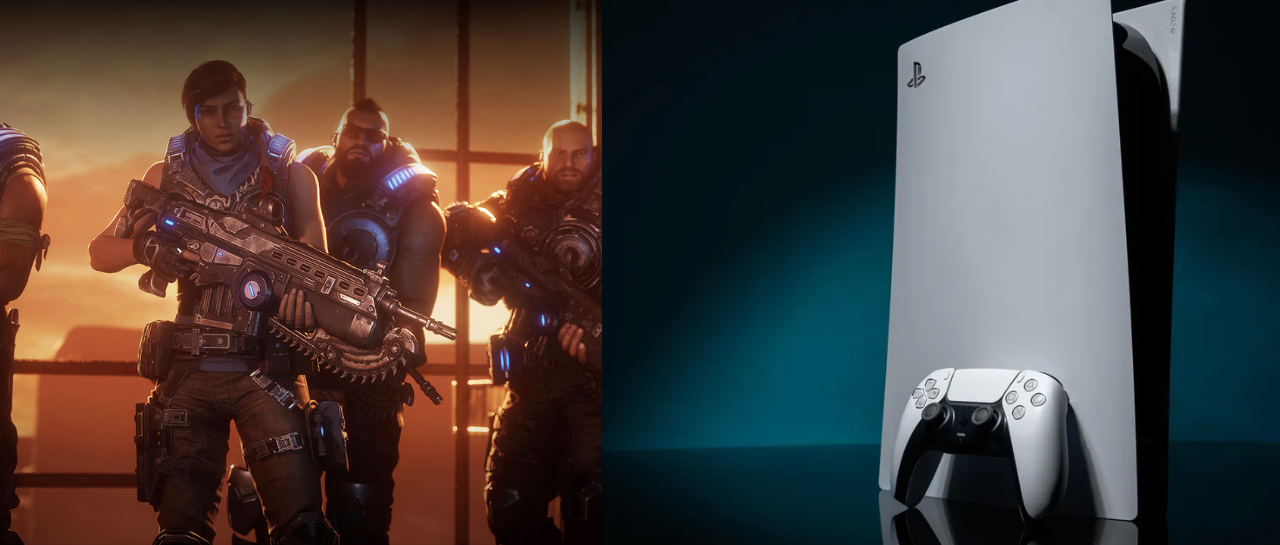Casa Systems has been working on fixed wireless access (FWA) for years, but it’s particularly bullish on millimeter wave (mmWave) spectrum, which it believes will provide the advantage FWA needs to viably compete with wired solutions.
The company just announced what it describes as the industry’s first high-power 5G mmWave customer premise equipment (CPE), which it says is key for delivering broadband services to homes and apartments “nearly everywhere,” from remote and rural locations to suburbs and dense urban areas.
Dubbed the AurusAI for Aurus Autonomous Intelligence, the CPE was developed based on the needs of consumers and the requirements of service providers to prepare for widespread adoption of 5G mmWave service, including Gigabit speeds, according the Casa Systems. Designed in a cylinder shape with intelligent, steerable antennas, the AurusAI can be deployed in half the time of previous fixed wireless CPE and doesn’t require a specialized radio engineer or technician, the company says.
The company recently announced the successful completion of an extended-range 5G New Radio (NR) data call over mmWave. The connection was done with Qualcomm Technologies and Ericsson in regional Victoria, Australia, over about 2.4 miles, the farthest ever recorded, according to the companies. That data call used 28 GHz spectrum.
Last year, Casa Systems expanded its addressable market with the acquisition of NetComm Wireless, giving it expertise in broadband connectivity via wireless. That’s where Steve Collins, senior vice president, access devices, at Casa Systems, came from.
“It’s fairly safe to say we’re probably one of the biggest vendors of fixed wireless access user equipment terminals in the world,” he told FierceWireless.
Millimeter wave spectrum has a bad reputation among a lot of folks, and Verizon, whose 5G strategy is primarily about mmWave right now, has taken the brunt of criticism. It’s also been diligently working to fine-tune and improve its FWA offering; the company aims to expand its FWA “5G Home Internet” service to 10 markets this year. Executives for months have said they were waiting for a better chipset for the improved CPE, which is due the latter part of this year.
RELATED: Verizon CEO: Expect a lot of 5G noise in second half of 2020
Collins declined to talk about any specific operators. However, “we’ve been doing fixed wireless access for many years,” he noted, and one of the problems it’s been working on is to make sure if the connection is wireless that it’s going to deliver equivalent service that one would get using a fixed line service, such as fiber. It’s not just from a throughput perspective but also about reliability and ease of installation, he said.
Casa has some sub-6 GHz FWA solutions, “but our view on that is they’re only a little bit better” than the 4G FWA solutions. The sub-6 GHz spectrum doesn’t give a lot of extra bandwidth; the performance uplift is about 10%.
“We were looking at millimeter wave very, very closely” because instead of 20 or 40 megahertz of bandwidth, “you have hundreds of channels of bandwidth assigned.” Typically, it’s 400 MHz of channel bandwidth and that can, at times, include up to 800 MHz.
RELATED: FWA takes a shine to mmWave spectrum: Special Report
The data call in Australia used 400 MHz of channel bandwidth, an order of magnitude more than one would get in sub-6 GHz spectrum. Of course, the downside comes in the propagation and it’s a real challenge to make the higher frequency bands a viable business solution for an operator, Collins acknowledged.
“There’s a lot of work that’s gone on and I’m sure there’s more work to go to make this bigger and better,” he said, but they think it’s a major step forward. “I think we’ll see solutions within the next six months on market.”
What about CBRS for FWA?
Casa Systems is seeing a lot of activity in 3.5 GHz Citizens Broadband Radio Service (CBRS) for FWA.
The way the CBRS 3.5 GHz band is set up in the U.S. is a world’s first – it’s been dubbed the innovation band, with sharing on the part of federal incumbents, General Authority Access (GAA) and Priority Access Licenses (PALs) users.
For Casa Systems, “it’s a fascinating leap forward,” and Casa believes it can be used very well for FWA, according to Collins. It might not be rolled out as uniformly as a mmWave solution; it’s more likely to be focused on smaller regions rather than nationwide. “I think we’ll see it very targeted,” he said.













